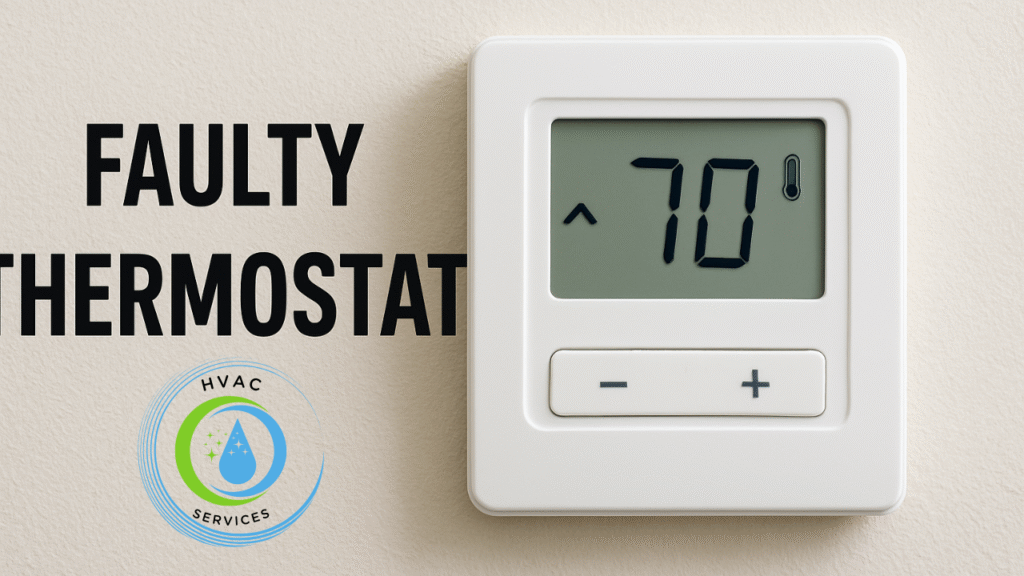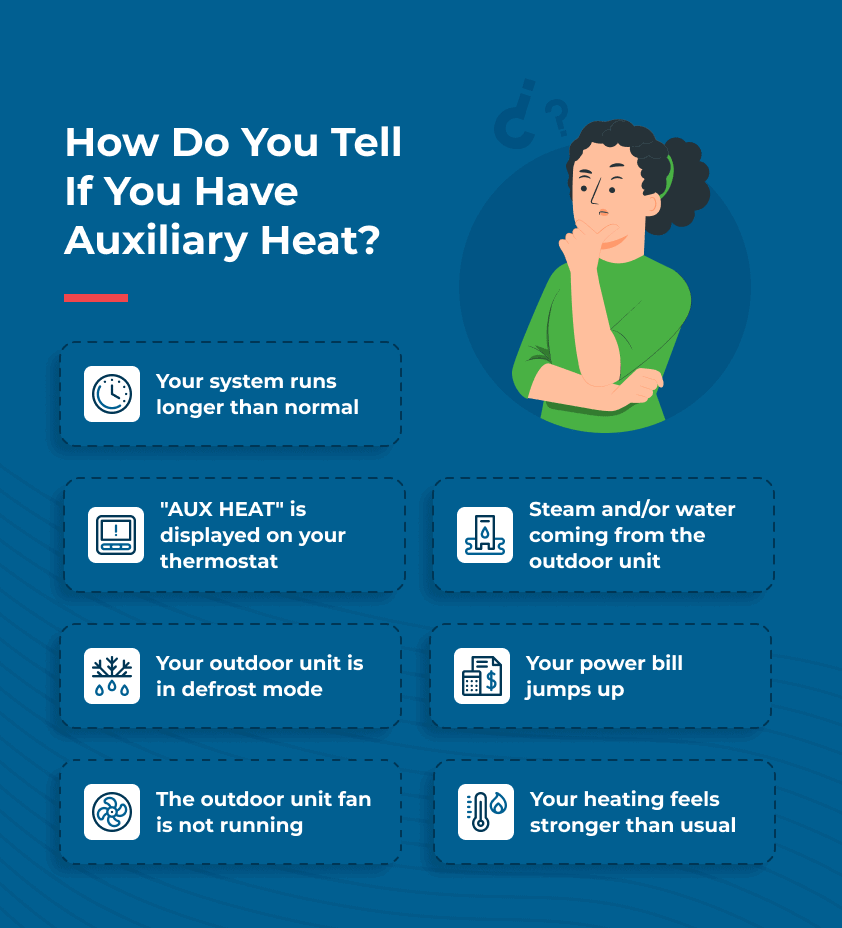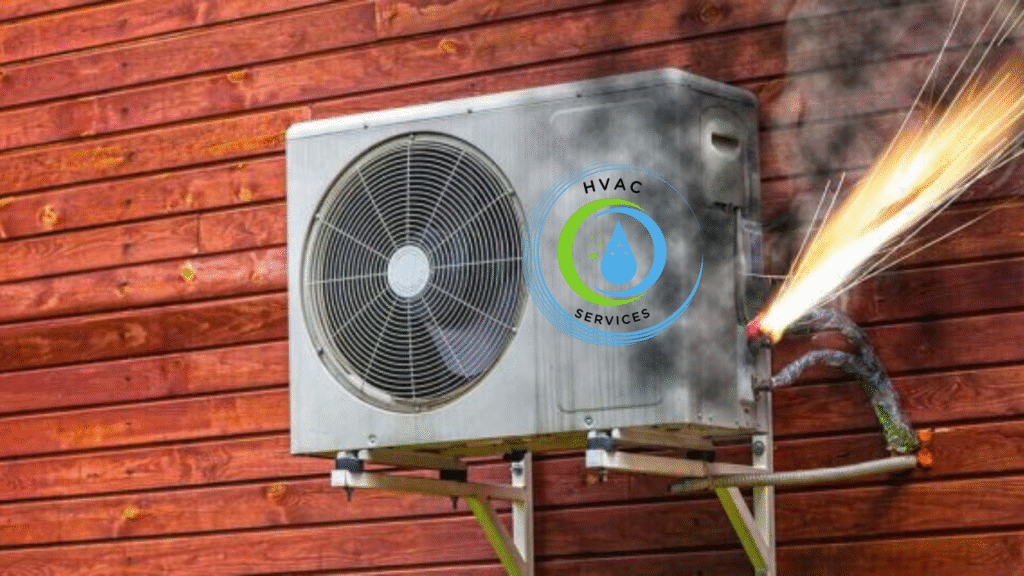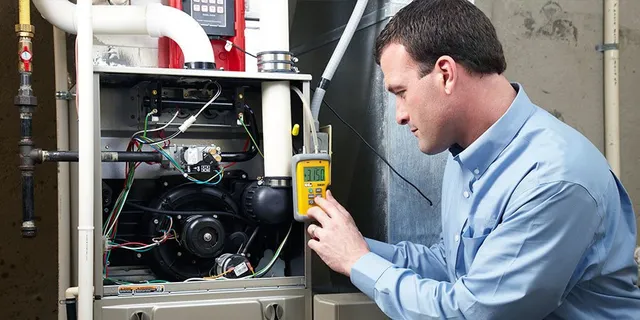When your heat pump is not working or not heating properly, it can be frustrating to feel cold air or blowing cool air instead of warm air during heat mode. I remember once coming home on a chilly night, expecting cozy home comfort, but my HVAC system had a malfunction that stopped the heating cycle. The system operation seemed fine, Heat Pump Not Blowing Hot Air yet the temperature inside dropped while the outside was even colder.
This issue turned out to be a heat pump problem related to heat transfer and poor air circulation, which caused uneven air distribution and a major performance issue. Sometimes, a system failure or reduced heating efficiency in your heating system can make your home feel more like an air conditioning zone than a warm temperature retreat. Troubles like this can ruin your comfort, so keeping an eye on your heating problem early helps ensure proper system operation and steady home comfort.
Common Reasons for Your Heat Pump Not Heating and What to Do
A healthy furnace or heat pump should produce warm temperatures around 85 degrees Fahrenheit to 93 degrees Fahrenheit, which feels slightly cooler than body temperature at 98.6 degrees Fahrenheit—so the air might seem less warm even though it’s heating properly. If you don’t feel a steady airflow or warm stream, check the filters, thermostat, or outdoor unit. Keeping your system clean and in balance ensures steady airflow and efficient heating performance.
Faulty Thermostat
A faulty thermostat can prevent your heat pump from working properly. When the thermostat is malfunctioning, it may fail signaling the system to blow warm air, causing cold air to circulate instead. Checking of Heat Pump Not Blowing Hot Air and testing your thermostat is a straightforward first step to ensure your indoor environment stays comfortable.
Sometimes the thermostat may not be calibrated or programmed correctly. A qualified technician can help fix or replace it so that your heat pump works in tandem with the thermostat for optimal performance. Proper maintaining and checking ensures your system keeps circulation steady and warm air flowing.
Ensuring both the thermostat and heat pump are working together guarantees a comfortable indoor environment without sudden bursts of cold air. Routine testing, calibrating, and replacing a malfunctioning thermostat is often all that’s needed to restore optimal performance.

Auxiliary Heating Problems
When temperature drops during the winter month, many homeowners notice their auxiliary heating system turning on more often. From my experience, it’s usually when the Heat Pump Not Blowing Hot Air struggles to provide sufficient warmth in extreme temperatures. That’s when supplemental electric heating elements or auxiliary heat strips step in to deliver warm air instead of circulating cold air.
However, even the best air source heat pump can face common heat pump problems that lead to malfunction or poor performance. I’ve often seen systems blow warm, not hot air, or fail entirely when auxiliary heat components are overworked. In such cases, it’s essential to call an HVAC technician to assess and repair issues before they worsen.
To ensure the auxiliary heating system operates effectively, I always recommend regular maintenance checks. These help avoid unpleasant surprises by keeping the heat pump and its parts in good condition, especially in harsh climates. A little care can make a big difference in keeping your home comfortable when it’s cold outside.

Refrigerant Leaks
When your heat pump is not heating, one common cause is low refrigerant levels due to a refrigerant leak, which I’ve often seen after an extreme heat summer when the unit has worked hard. In my experience as a homeowner with an aging unit.
Such issues mean your system’s HVAC service is needed fast to find and fix the leak, recharge the refrigerant, and help your heat pump restore normal heating.

Dirty Heat Pump Unit
Once, during a freezing week, I noticed my outdoor unit of the heat pump wasn’t blowing warm air but rather cool air, leaving my house far from warm. I discovered Heat Pump Not Blowing Hot Air that over time, dirt, debris, and even ice can accumulate on the surface and cause accumulation that obstructs airflow, reduces efficiency, and makes the heat exchange process hindered. The outside elements, especially cold weather, worsen this issue by forming restricted areas that stop the system from providing heat year-round. I learned that regularly inspecting and cleaning the unit is crucial — removing debris, trimming vegetation to maintain space for proper airflow, and changing the air filter helps optimize performance and extend lifespan.

Insufficient Airflow
When my heat pump suddenly stopped working and was not blowing hot air, I found that low airflow was the main cause—the dirty air filters made the unit struggle to heat my home, and it would even overheat and shut down. I learned that restricted airflow or clogged filters can lead to outdoor problems, especially when the outdoor unit isn’t clear of leaves, debris, or snow on top. Heat Pump Not Blowing Hot Air Now, I regularly change dirty air filters, trim vegetation nearby, and keep the outdoor unit clear to prevent heating issues. If your HVAC system still won’t improve, it’s best to call a professional to fix the problem before it gets worse.
Not As Good At Heating
From my own experience living in extremely cold climates, I’ve learned that when the outside air drops below -20ºC, even the best heat pump can struggle to provide very hot air inside the house. Unlike traditional furnaces that generate high temperatures by burning fuel, a heat pump works by transferring heat from the outdoor air to the inside, and in frigid conditions, there’s less heat available to transfer, so the air feels less warm.
This performance drop in colder weather is common, and using an auxiliary heat source, of Heat Pump Not Blowing Hot Air ensuring proper insulation in your home, setting the thermostat to a slightly higher temperature, and scheduling regular maintenance checks or professional tune-ups will keep your system operating at its highest efficiency and help fix this problem so you stay comfortable even when it’s freezing outside.

Protect Your Heat Pump with Regular Maintenance
From my experience, a heat pump runs more efficiently and lasts long when you do regular maintenance, just like how a vehicle needs tire rotations, brake checks, and service visits to stay safe and comfortable; neglecting HVAC systems can cause problems to fail sooner, so it’s smart to schedule tune-ups in fall and spring, perform heating and cooling checks, and clean or replace air filter with premium, quality, or reusable filters as recommended by Trane or other expertise-driven company options, whether your ductless mini-split system or standard HVAC system.
